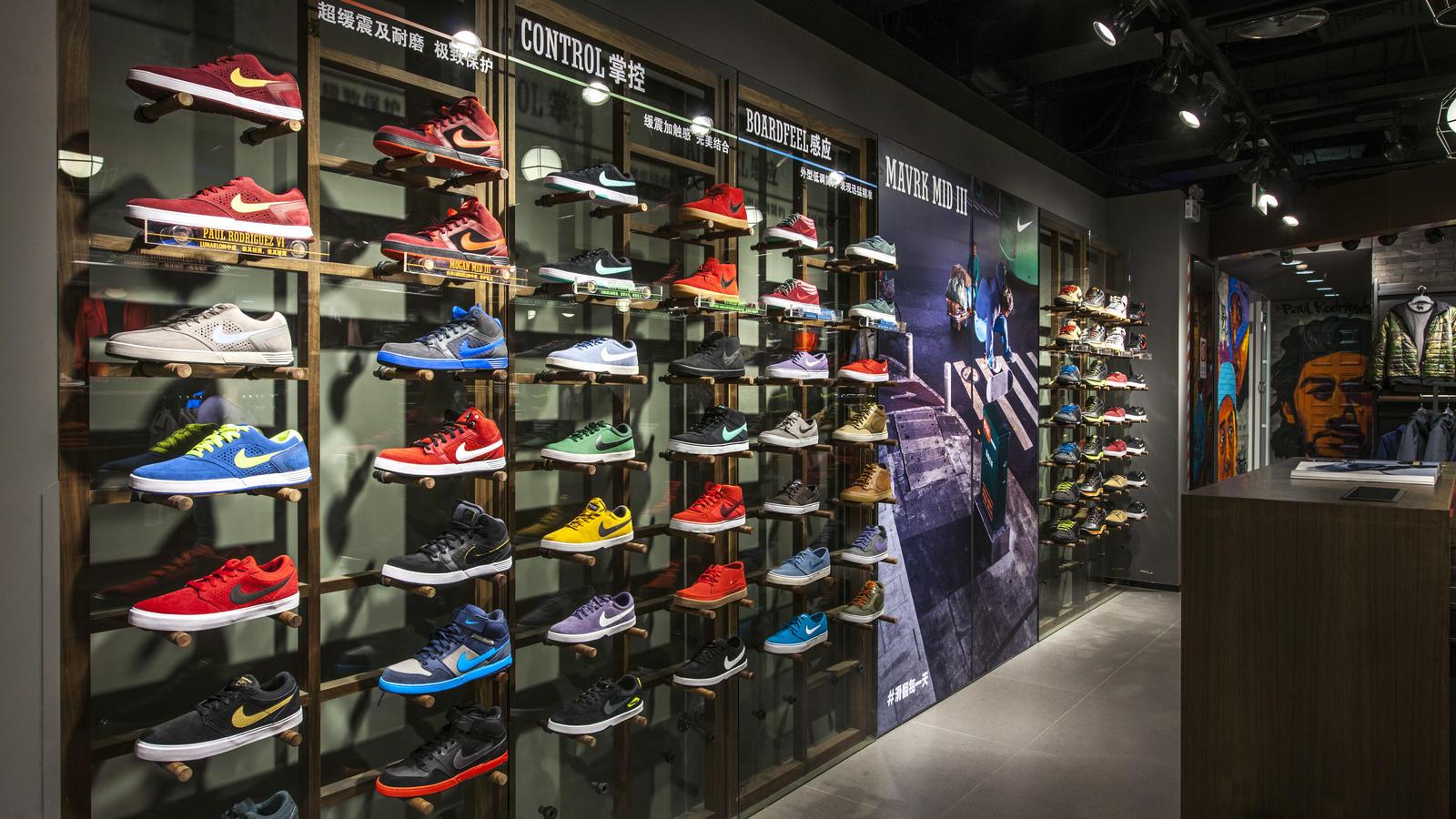Today’s tenuous world economy is translating its nervousness to the apparel and footwear industry.
“Expectations for the holiday peak season are for low, single-digit growth,” says Nate Herman, senior vice president, supply chain, at the American Apparel and Footwear Association (AAFA) in Washington.
For example, Ralph Lauren is adjusting its fiscal 2016 outlook. The company expects consolidated net revenues for fiscal 2016 to be up approximately 1% in constant currency and down approximately 3% on a reported basis. This compares to previous guidance of flat on a reported basis and up 3-5% in constant currency. Based on current exchange rates, the company continues to expect that foreign currency will have an approximate 400-basis-point negative impact on fiscal 2016 revenue growth.
Reflecting the trend, the Port of Long Beach recently reported a decline in shipments amid weak retail sales. Following a solid first quarter, the port’s container cargo volumes decreased in April compared to the same month in 2015, after lower-than-expected consumer spending in recent months. The decline also reflects evolving vessel alliances that have shifted ship deployments.
Overall, port container cargo volume was down 22.1% last month, compared to April 2015. Amid a soft retail climate in the US and economic woes overseas, the decline in imports was accompanied by exports that were down 18% due to the continued strength of the US dollar.
On top of flat peak season projections, the dynamics of the industry is changing.
“For decades, there has been a single paradigm that has driven footwear and apparel sourcing, what can be called the four Rs: the right product, at the right price, to the right place, at the right time. It was a simple formula to work by,” says Herman. “Today, the dynamic of the first four Rs has changed. The right price no longer necessarily means lowest price, and the right place at the right time has taken on a whole new meaning in the world of fast fashion, omni-channel and global markets.”
In addition, Herman says that the approach to making product over the last decade has changed.
“Companies strive to make sure their product is made responsibly, that you have the right compliance,” he says. “That means that your product is not only compliant with product safety and chemical regulations and doesn’t harm the environment, but also that the workers making your product are treated fairly and work in safe factories.”

While sourcing nations are shifting, US apparel and footwear brands and retailers are finding, AAFA notes, that hot markets are impacting peak season demand. AAFA points to these markets as being those in Asia and the Pacific Rim: China, Japan, Indonesia, Singapore, South Korea, Malaysia, India, Australia, New Zealand, etc. “These markets hold the most potential for US brands,” says Herman.
Indicators from Nike support this view. “In China, on Singles’ Day this past November, we had our first US$1 million revenue day online, while in the US, mobile has grown to almost 50% of the traffic to our site and represented 23% of e-commerce revenues in Q4,” said Nike president and CEO Mark Parker.
If its first quarterly report is any indication, Nike is optimistic going forward into 2016 despite flat projections elsewhere for the industry. “As we move into 2016, we have become a global brand capable of meeting athletes’ needs from head to toe,” Parker says.
In the fourth quarter of 2015, Nike posted strong gains, illustrating broad-based strength in demand for its brand. It indicates that apparel is growing 22%, direct-to-consumer is growing 25%, international sales are up 70% and its footwear segment is growing a whopping 95%.
Meanwhile, the company continues to expand its retail footprint outside the United States. Ten years ago, when the company entered Europe, its international business was US$6 million, primarily driven by partners in Japan. Today, international has become almost US$500 million business with Nike brands sold in more than 60 countries.
“In 2015, every region, every category, and every channel exceeded our plans for our international business, driving 70% growth in Q4, and 69% growth year-over-year,” he said. Two years ago, Nike’s international business was 6% of revenues. Today, it is 11%. By 2018, Parker expects it to be 18%.
Parker indicates that as of the end of the first quarter, worldwide futures orders for Nike athletic footwear and apparel scheduled for delivery from March 2016 through July 2016 were 12% higher than orders reported for the same period last year. Excluding currency changes, futures orders would have increased 17%.
The Trans-Pacific Partnership (TPP) will have a major impact on the industry going forward. AAFA’s Herman explains: “TPP is an agreement that comprises 800 million people and 40% of the world’s gross domestic product. Vietnam, Mexico, Peru, and Malaysia are major suppliers of clothes and shoes. And the TPP comprises huge potential markets for US brands. With the agreement designed to enable new countries to join, the TPP will have a significant impact on sourcing now and for many years to come.”
Herman stresses that even though the TPP is a political football in the US, “We cannot afford to wait for this agreement to come into effect. Even a one-year delay in the implementation of TPP will cost our industry a billion dollars in lost savings. And that doesn’t even include the lost market access opportunities in other major TPP markets.”
By Karen E. Thuermer
Correspondent | Washington



